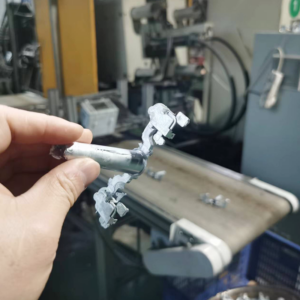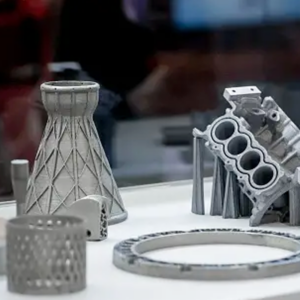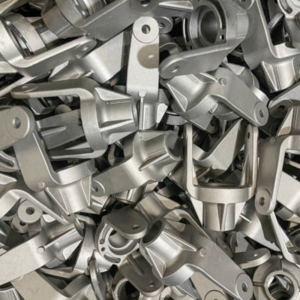Whether you make tiny, complex parts or large, simple components, there are different manufacturing methods. The method you choose may depend on factors such as the materials you need, the appearance of your product, and cost. Two popular methods are die casting and metal injection molding (MIM). Both are used in many industries, but each has its own advantages.
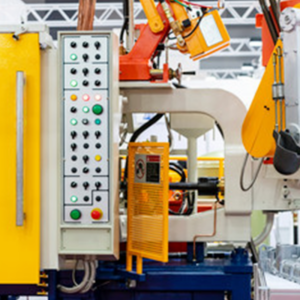
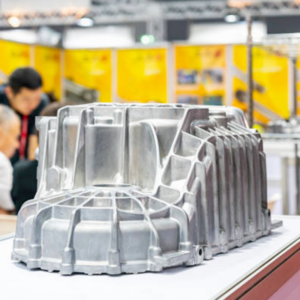
In this guide, we’ll cover the basics of each process, discuss where they’re used, and compare them in detail.
What is Metal Injection Molding?
Metal Injection Molding (MIM) is a process for producing small metal parts using equipment similar to that used for conventional plastic injection molding. It is ideal for producing parts that need to be strong and durable, but have thin walls or complex shapes. MIM is often chosen when you need to produce high volumes of parts with consistent quality and reduce costs.
MIM Process
In MIM, we start with what is called the “raw material,” which is a mixture of metal powder and binder. Heat and pressure are used to inject the mixture into a mold and then cool to create the part. We then remove the adhesive by applying heat, using chemicals, or other methods. The part then goes through a process called sintering, where it is heated again to make it very strong and dense.
Common MIM Applications
Because MIM can create small, thin-walled precision parts, it is used in many different industries, including:
Firearms: parts such as triggers and bolts
Medical: Surgical Instruments and Joint Replacements
Automotive: Electrical Connectors and System Controllers
Industry: Drone parts and micro gears
Aerospace: Engine components and valve supports
Electronic products: mobile phone parts and smart wearable devices
What is Die Casting?
Die casting is a method of making metal parts by pouring molten metal into a mold. There are different types of molds that can produce parts of different shapes and sizes. It makes it easy to produce large numbers of parts quickly and keep them all the same.
Die Casting Process
In die casting, we start with a clean, lubricated mold. We then pour the molten metal under high pressure and allow it to cool. There are several ways to do this, depending on the type of die casting we are using. Once the part has cooled, we remove it from the mold. Our main focus is on two types of die casting: hot chamber casting and cold chamber casting. Both methods produce parts with intricate designs, tight tolerances, and strong mechanical properties.
Common Die Casting Applications
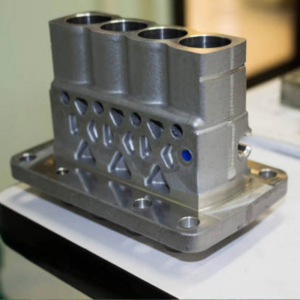
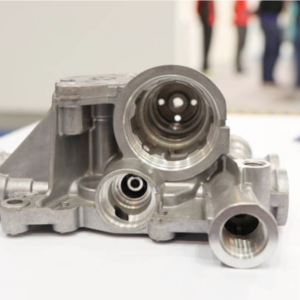
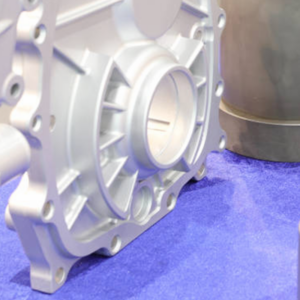
Die casting is used in many industries because it is versatile and can make large numbers of parts at once. Some examples include:
Firearms: Triggers and Safeties
Medical: surgical equipment and blood analysis machines
Automotive: gearboxes and engine components
Industry: Gearbox and axle parts
Electronics: Electrical enclosures and antenna mounts
Metal injection molding and die casting
When we compare metal injection molding vs. die casting, there are some important differences to consider:
Precision and Tolerances: MIM can create very precise parts with tight tolerances, whereas die casting may require some trimming to meet specifications.
Materials used: MIM can use ferrous and non-ferrous materials, while die casting usually uses non-ferrous metals.
Surface Finish: MIM parts typically have a smoother finish than die-cast parts.
Cost: MIM may be cheaper for complex parts, but for some applications die casting may be cheaper overall.
Mold Differences: MIM allows for more flexibility in mold design, but die-cast molds tend to last longer.
Choose manufacturing method
In the end, the method you choose will depend on your project needs. If you’re not sure which one is right for you, talk to an expert who can help you decide.
We work with die casters who use advanced machines and technology to provide high-quality, on-demand parts to various industries. If you would like to learn more about metal injection molding or die casting, please contact our YJCPolymer team. We’d love to help you with your next project!
